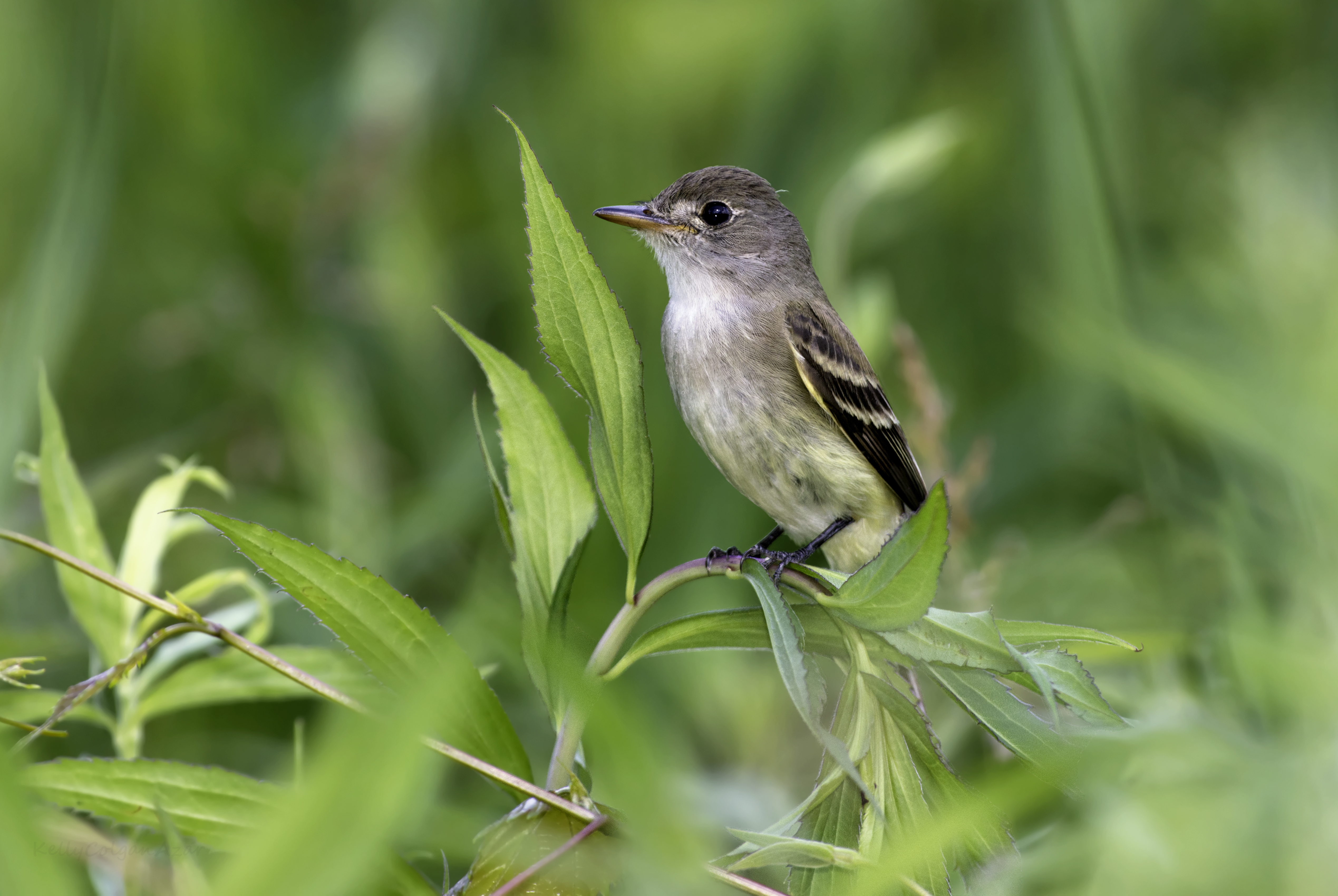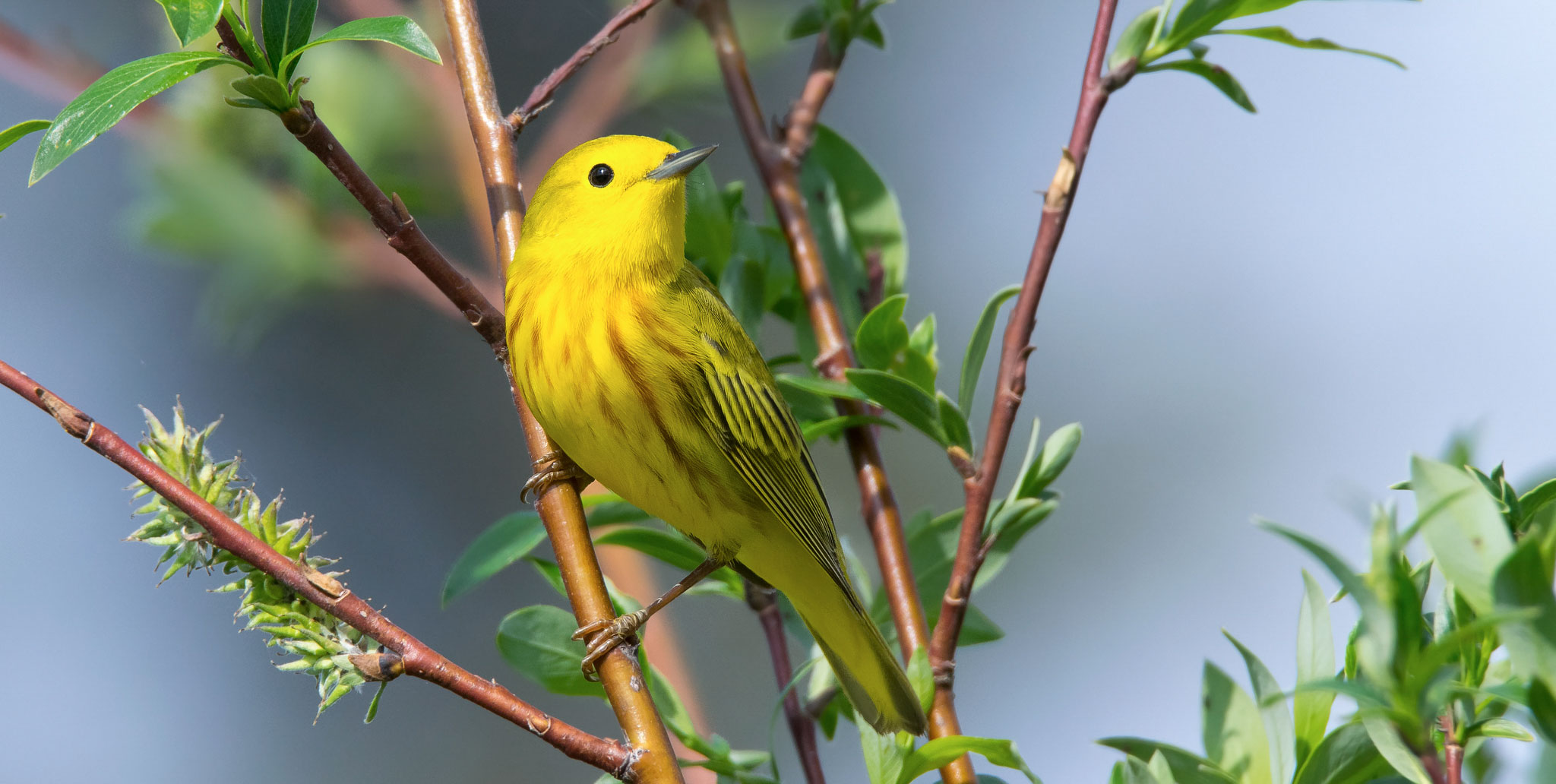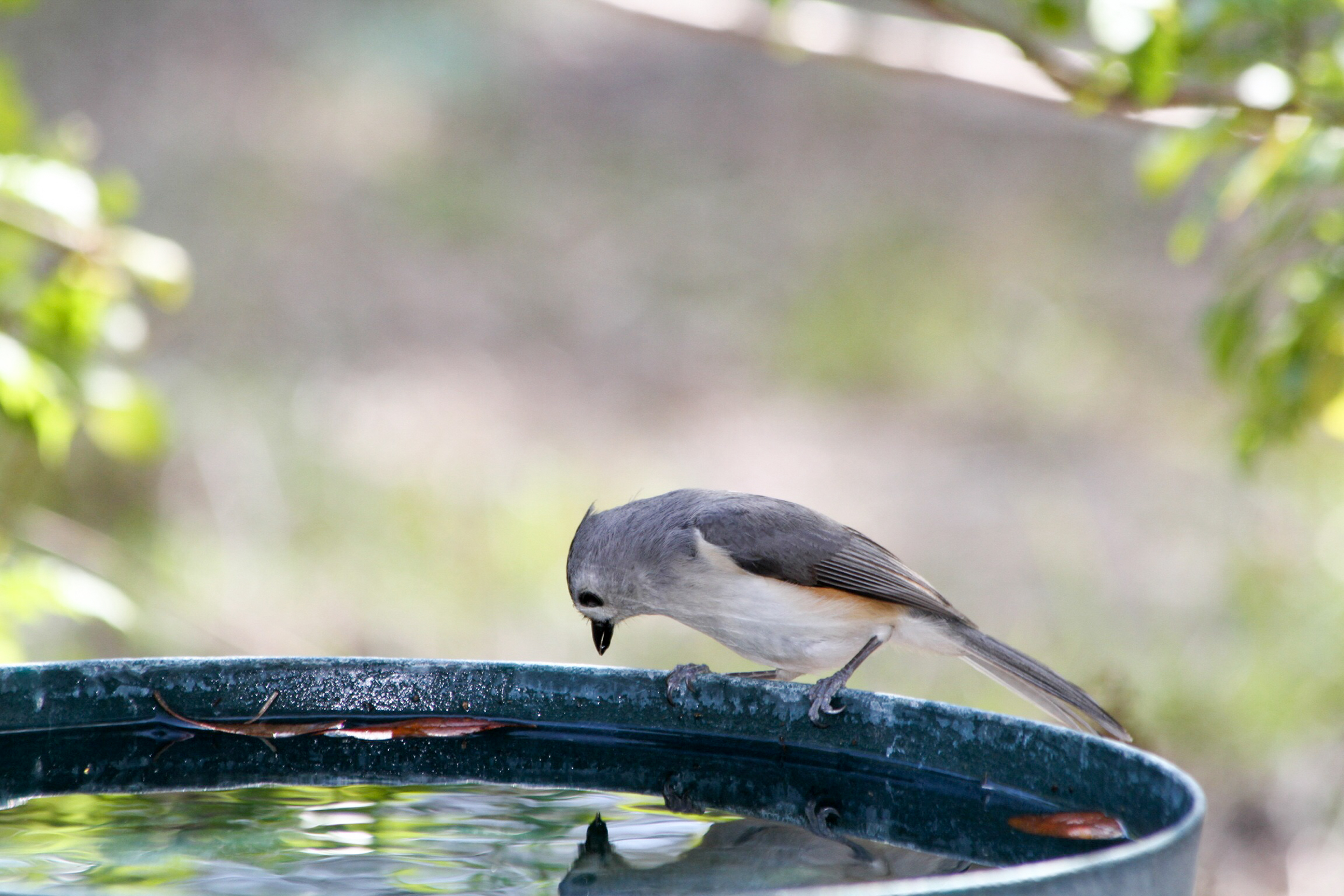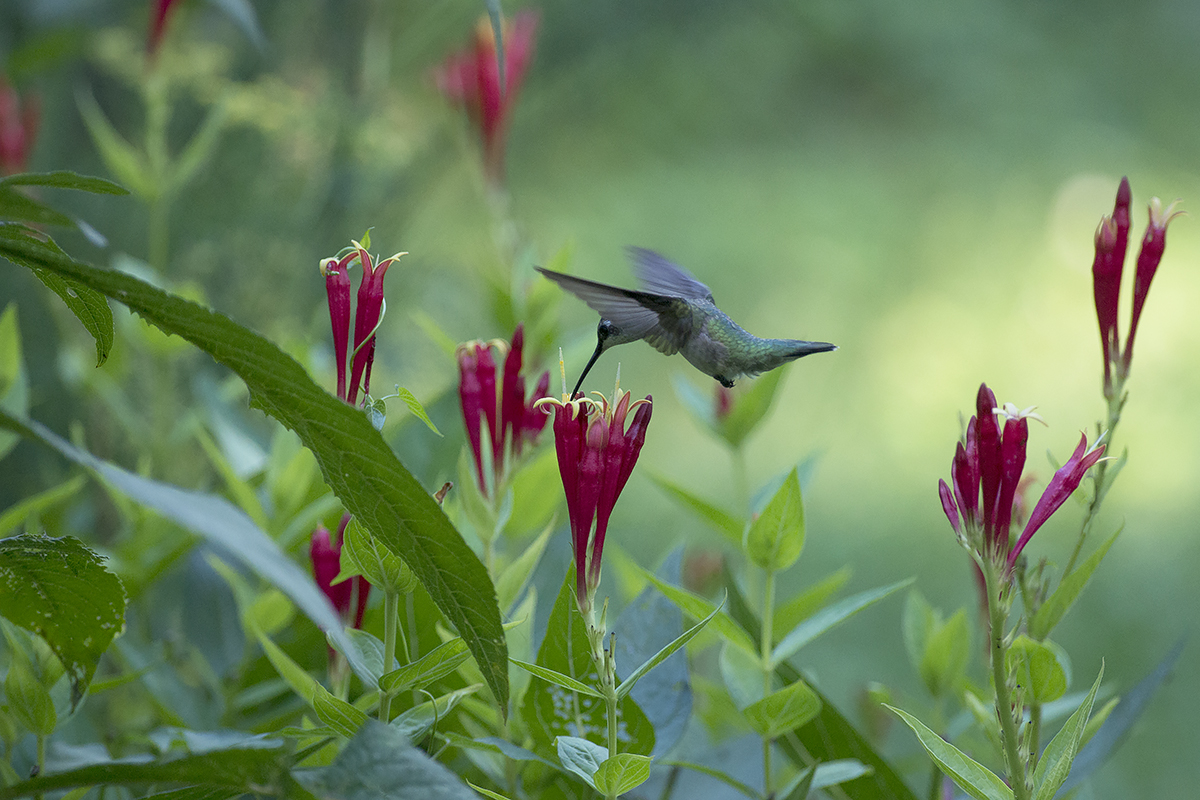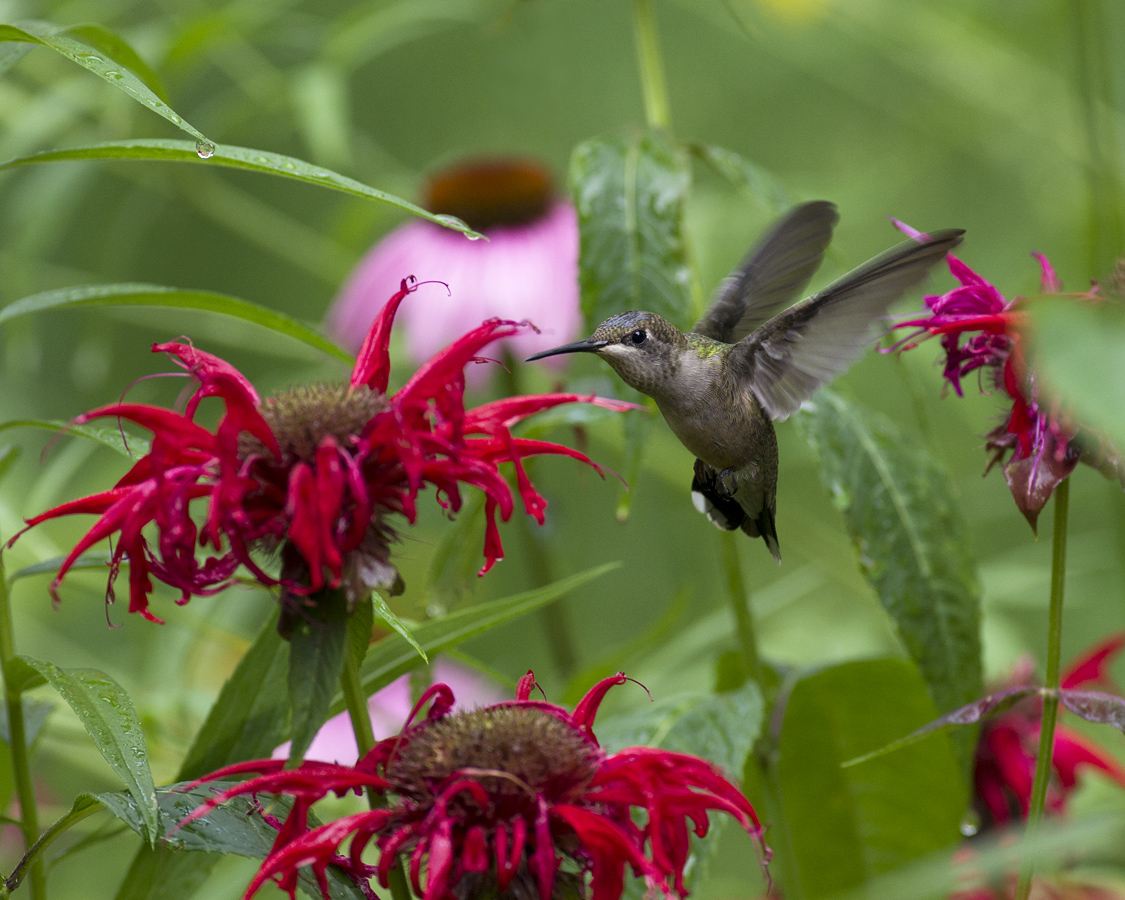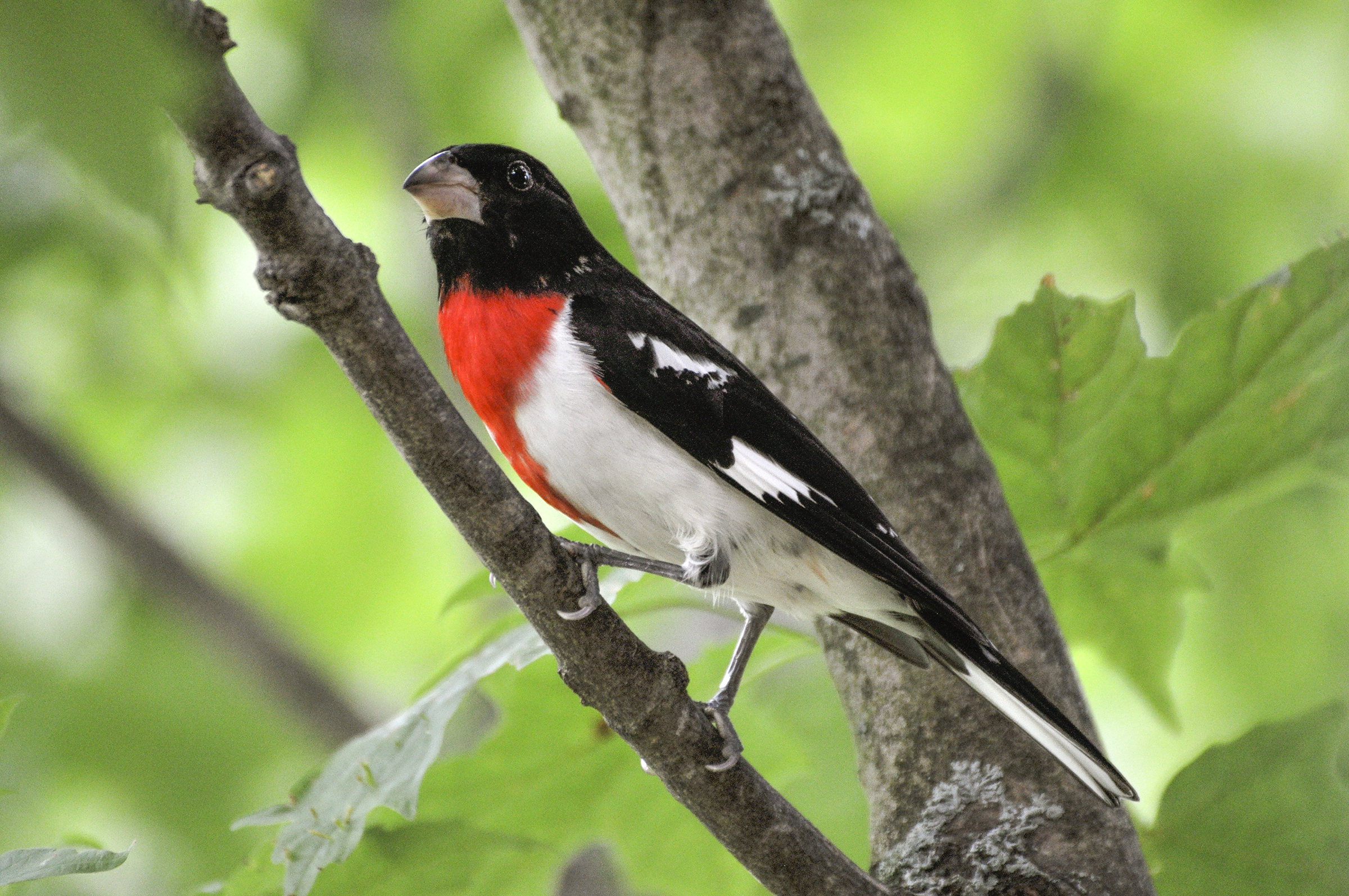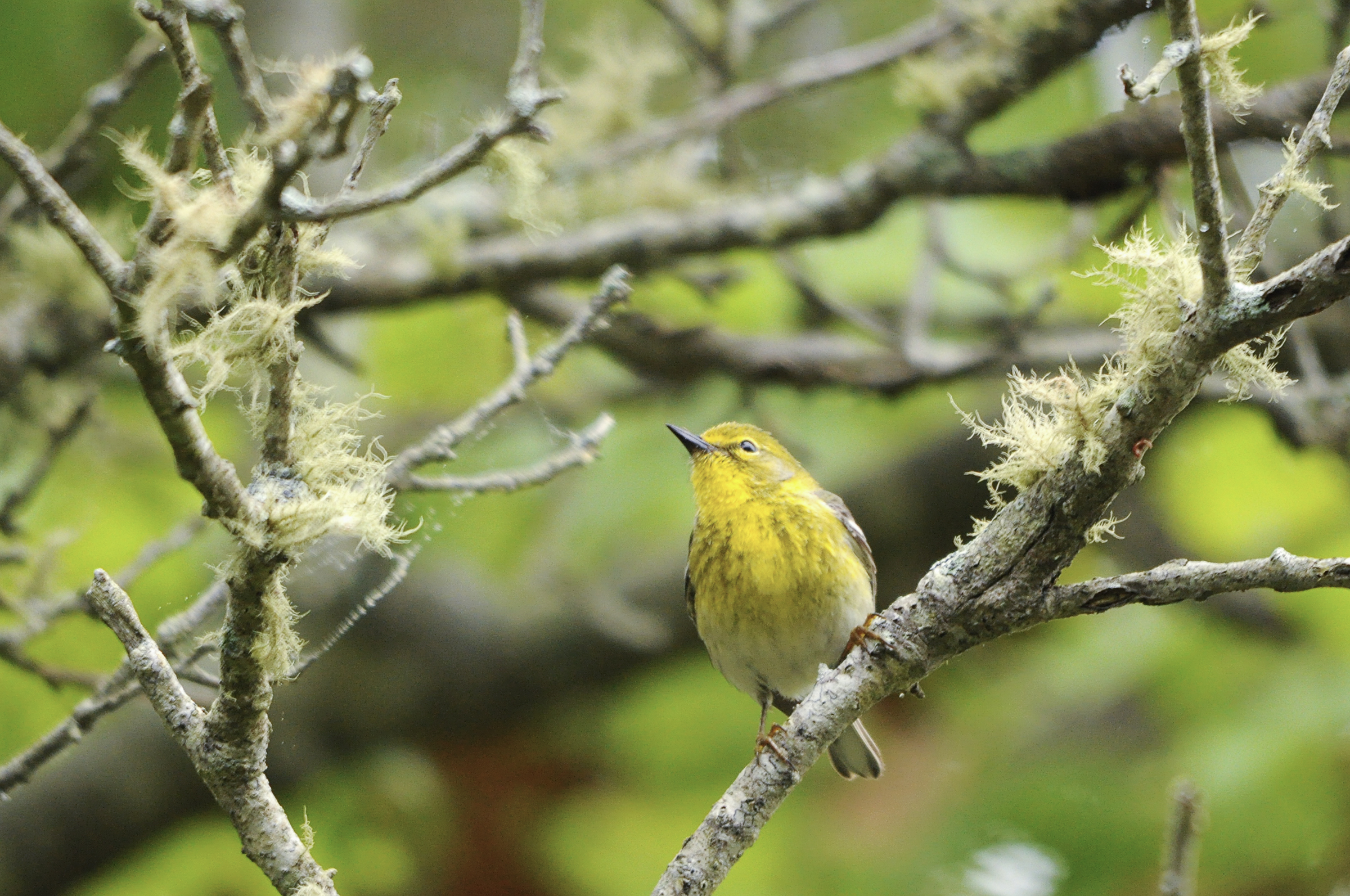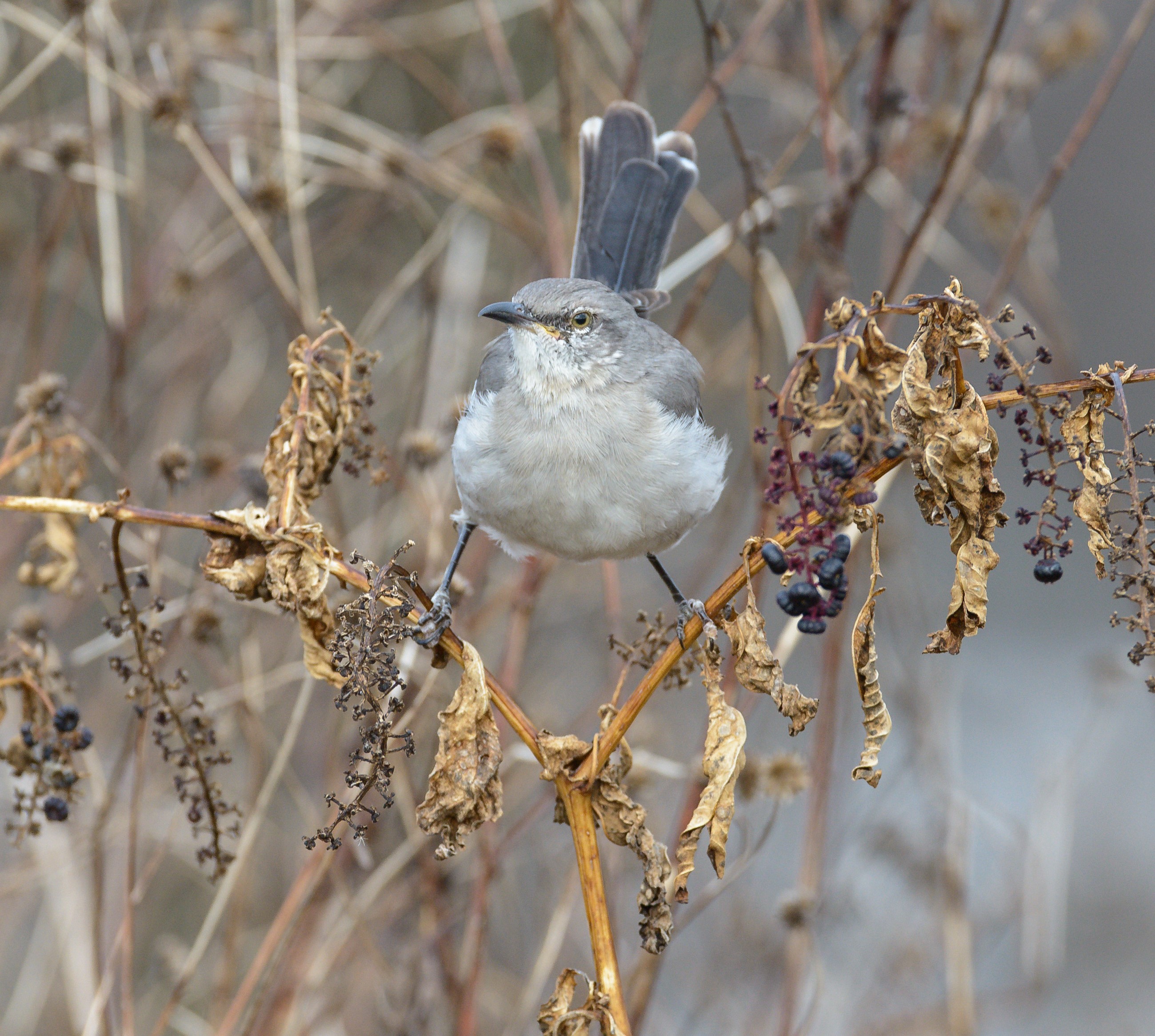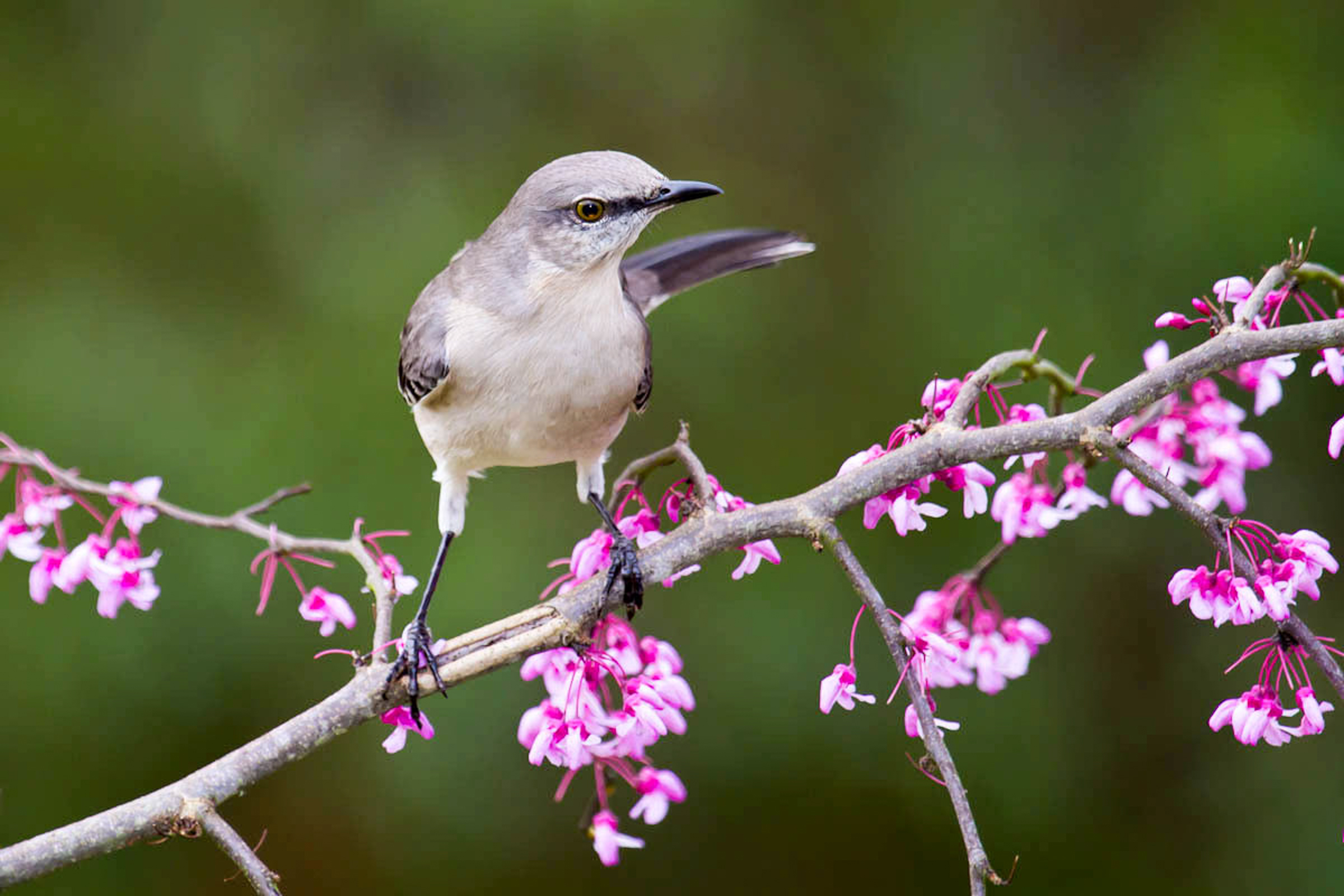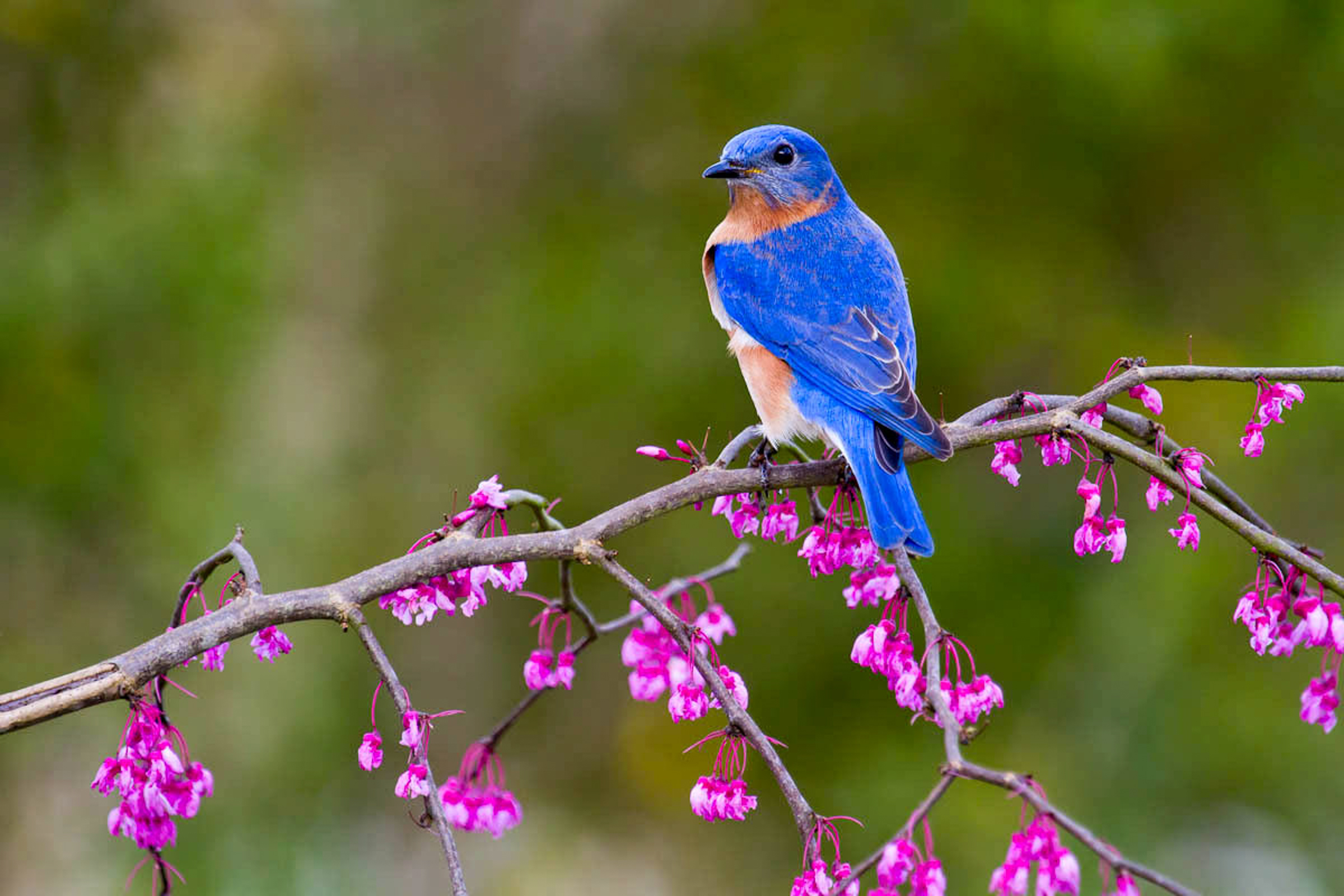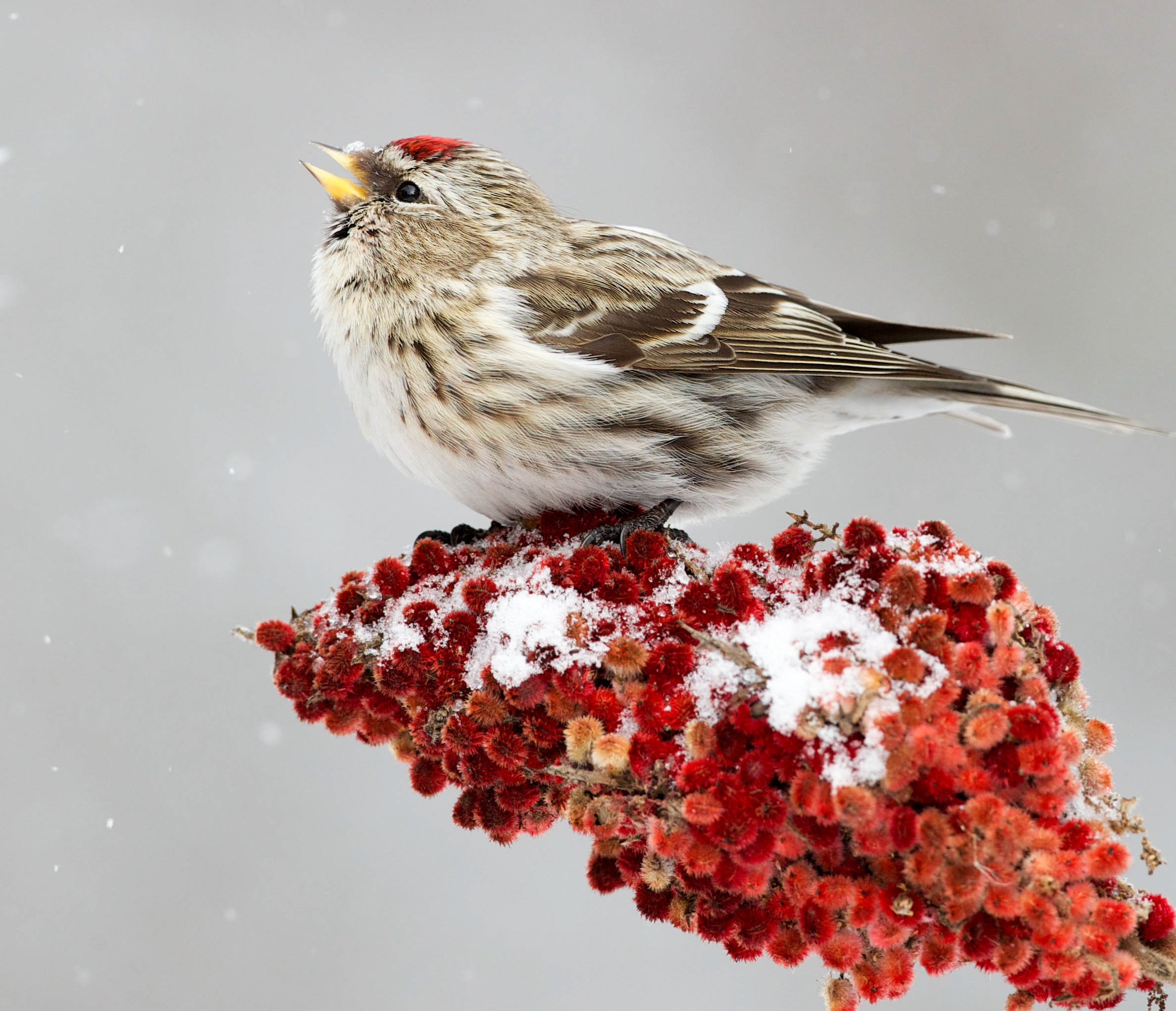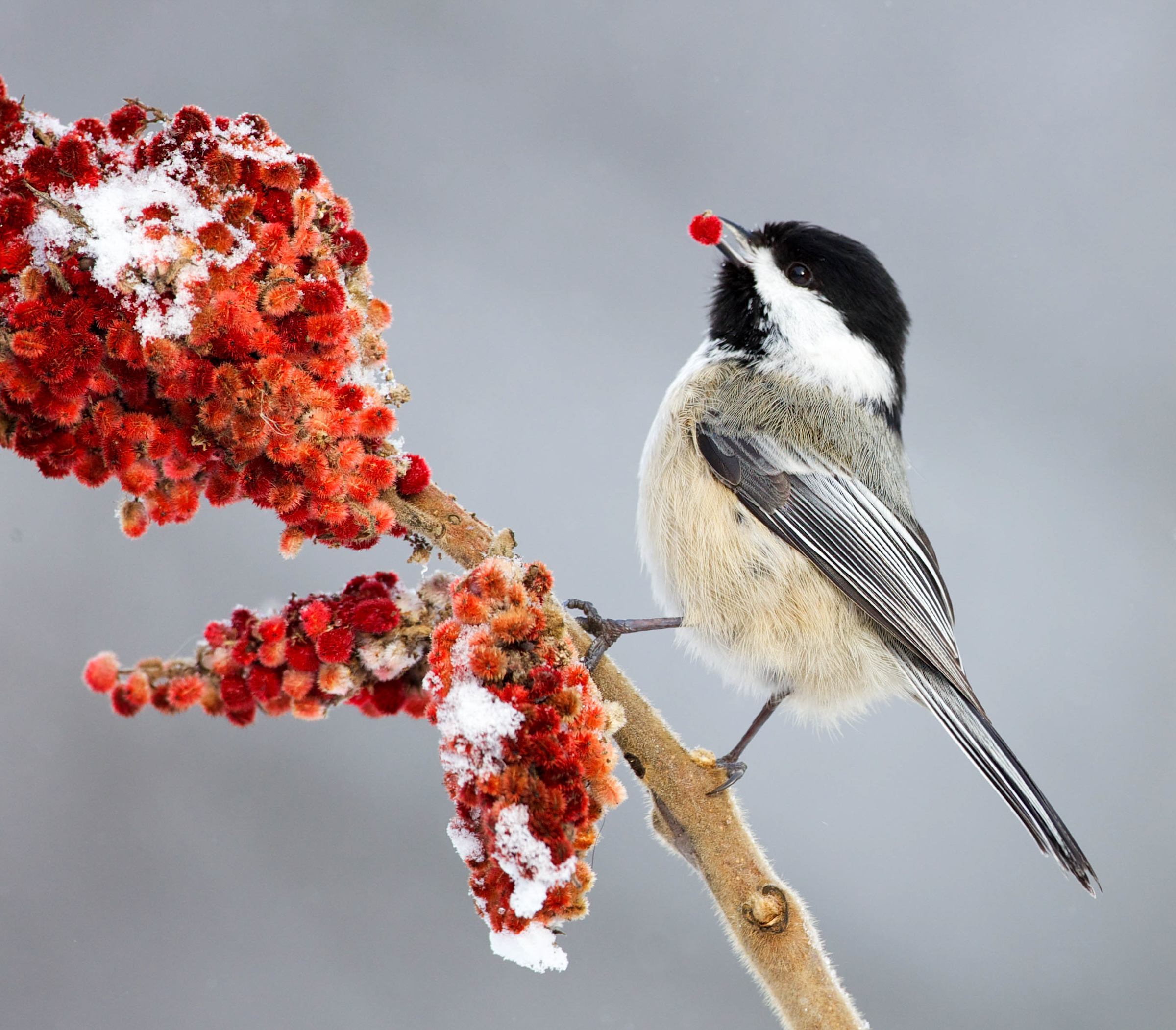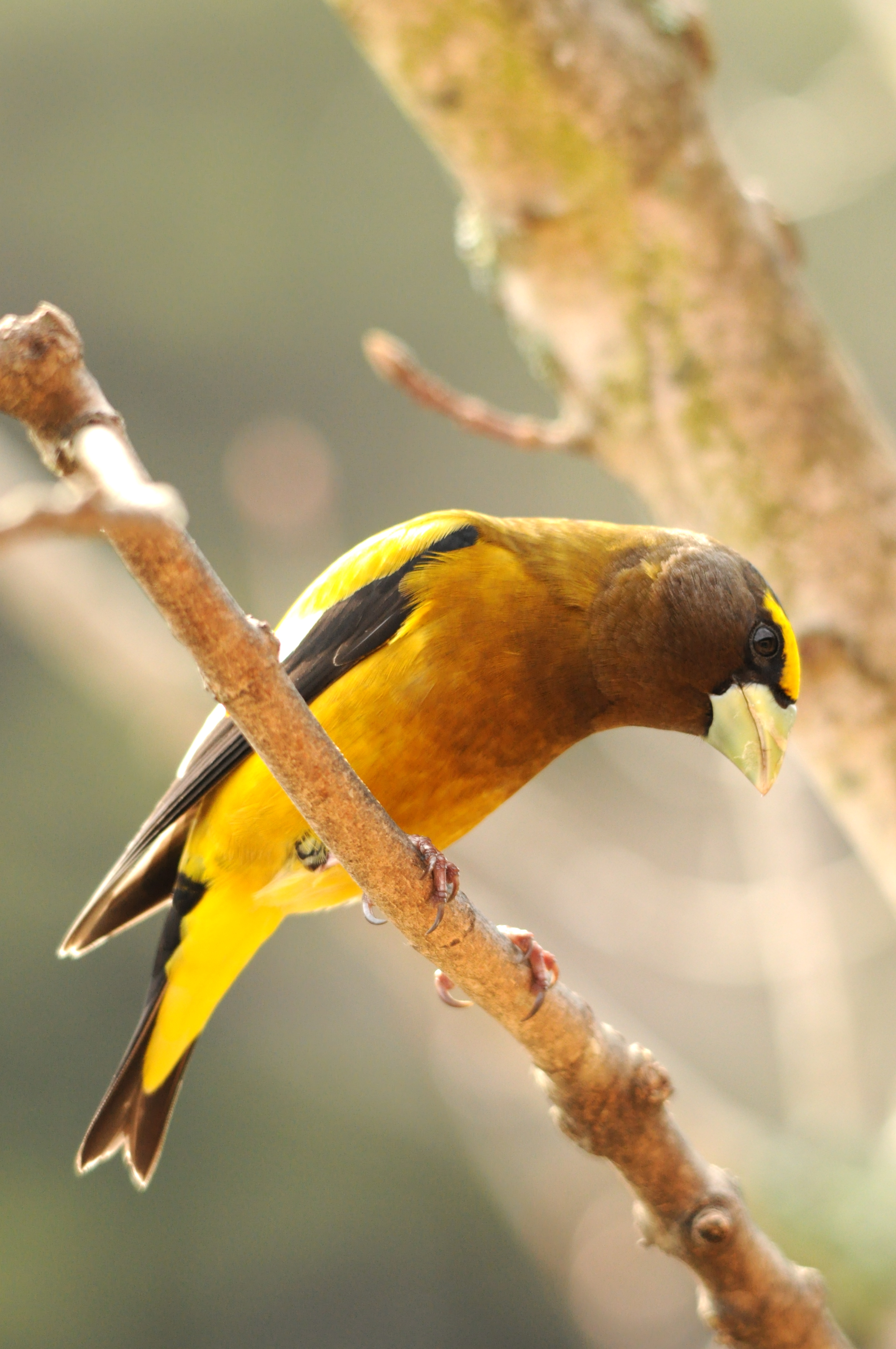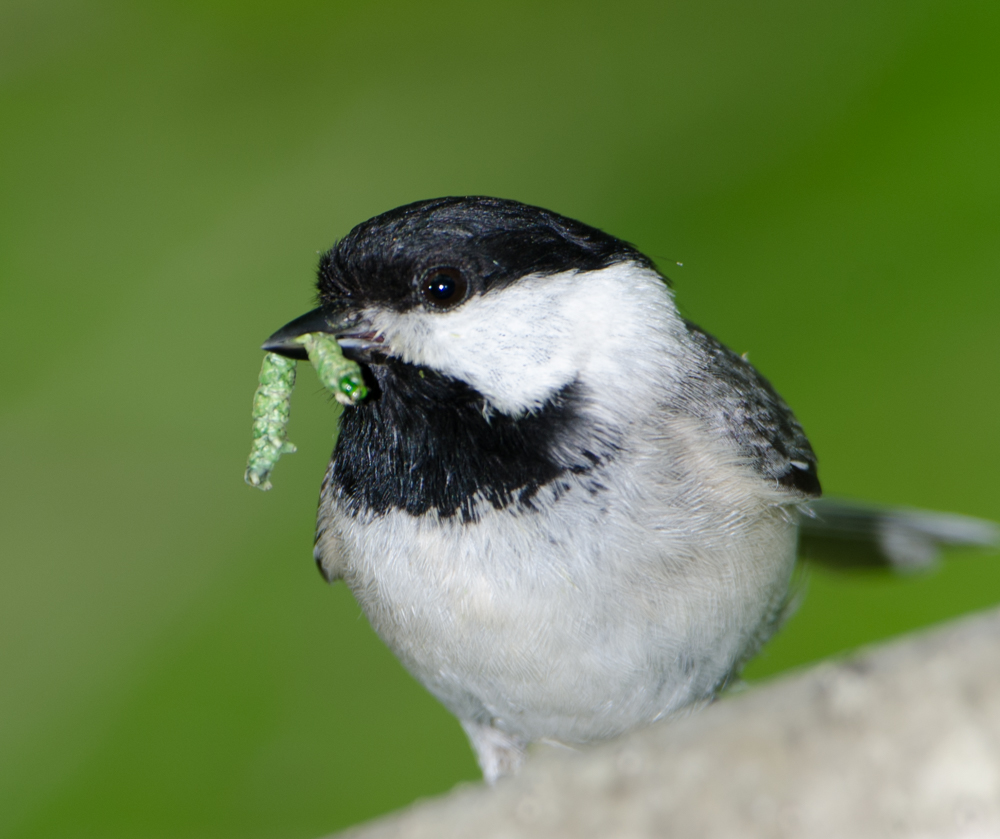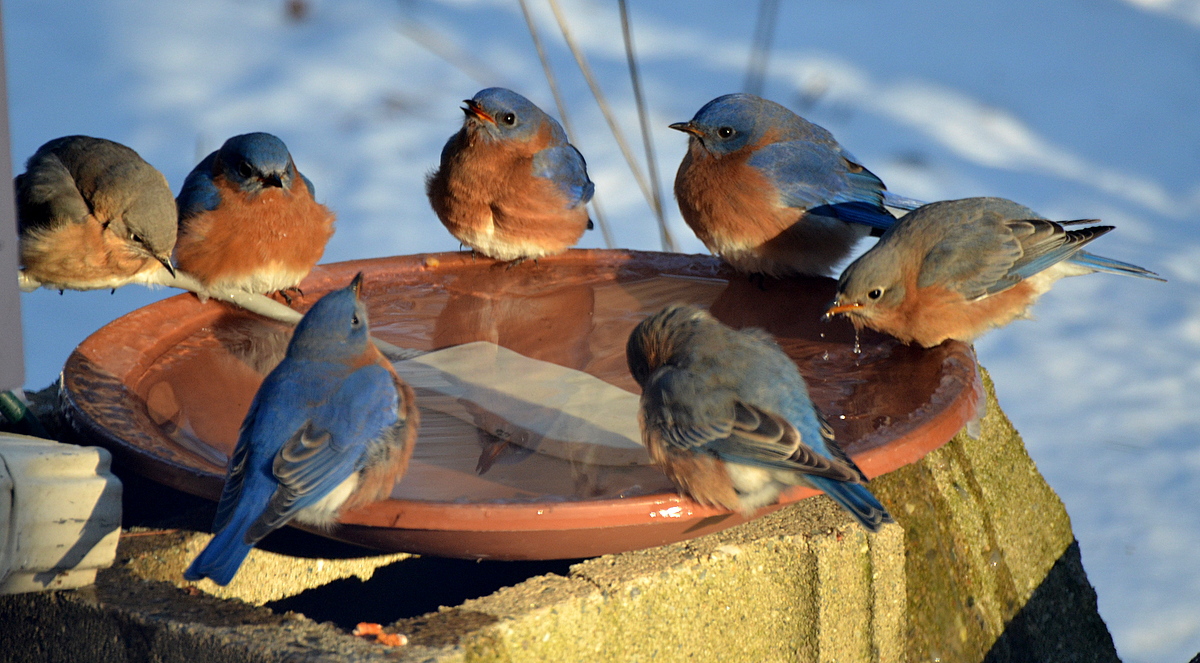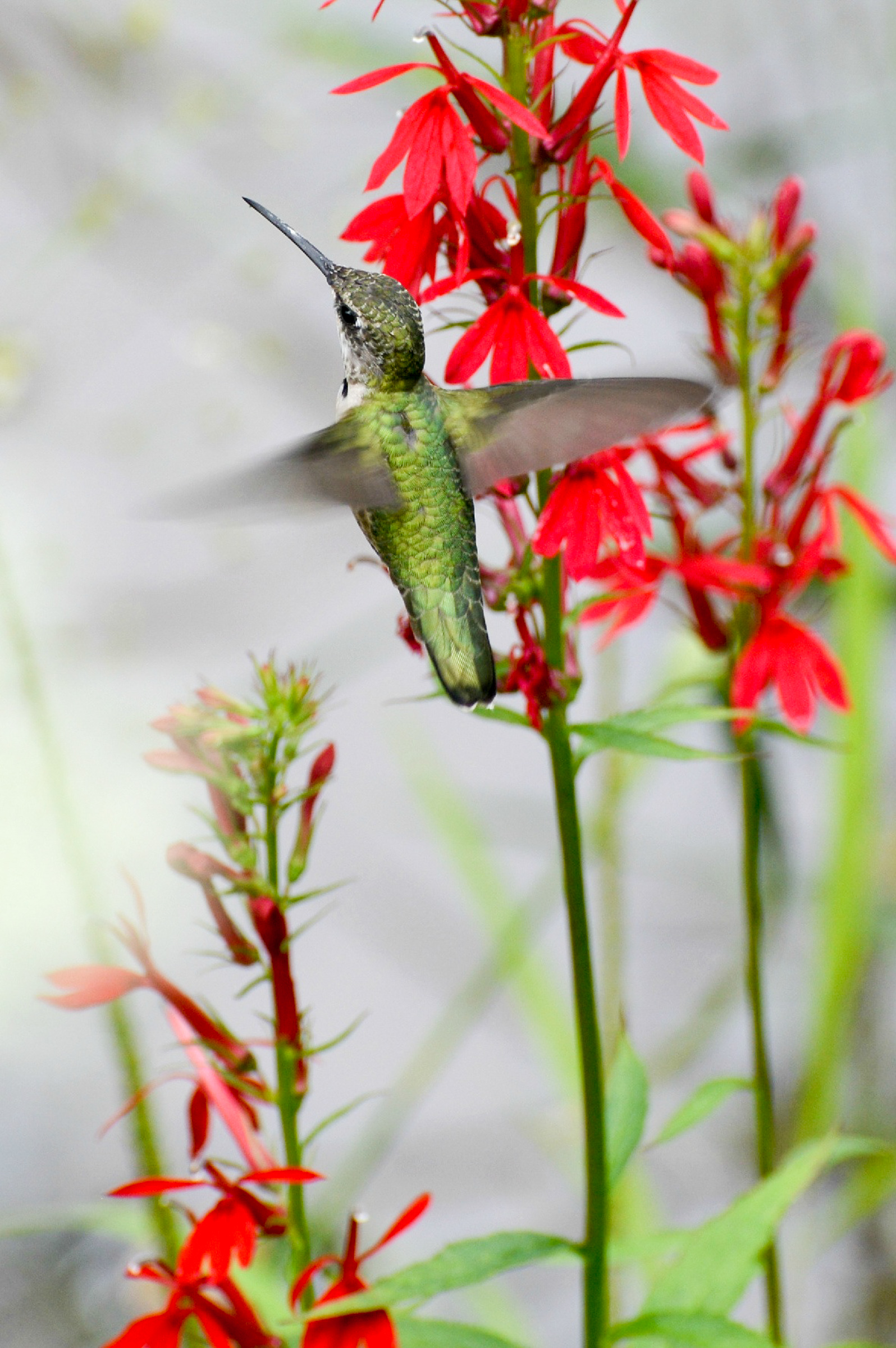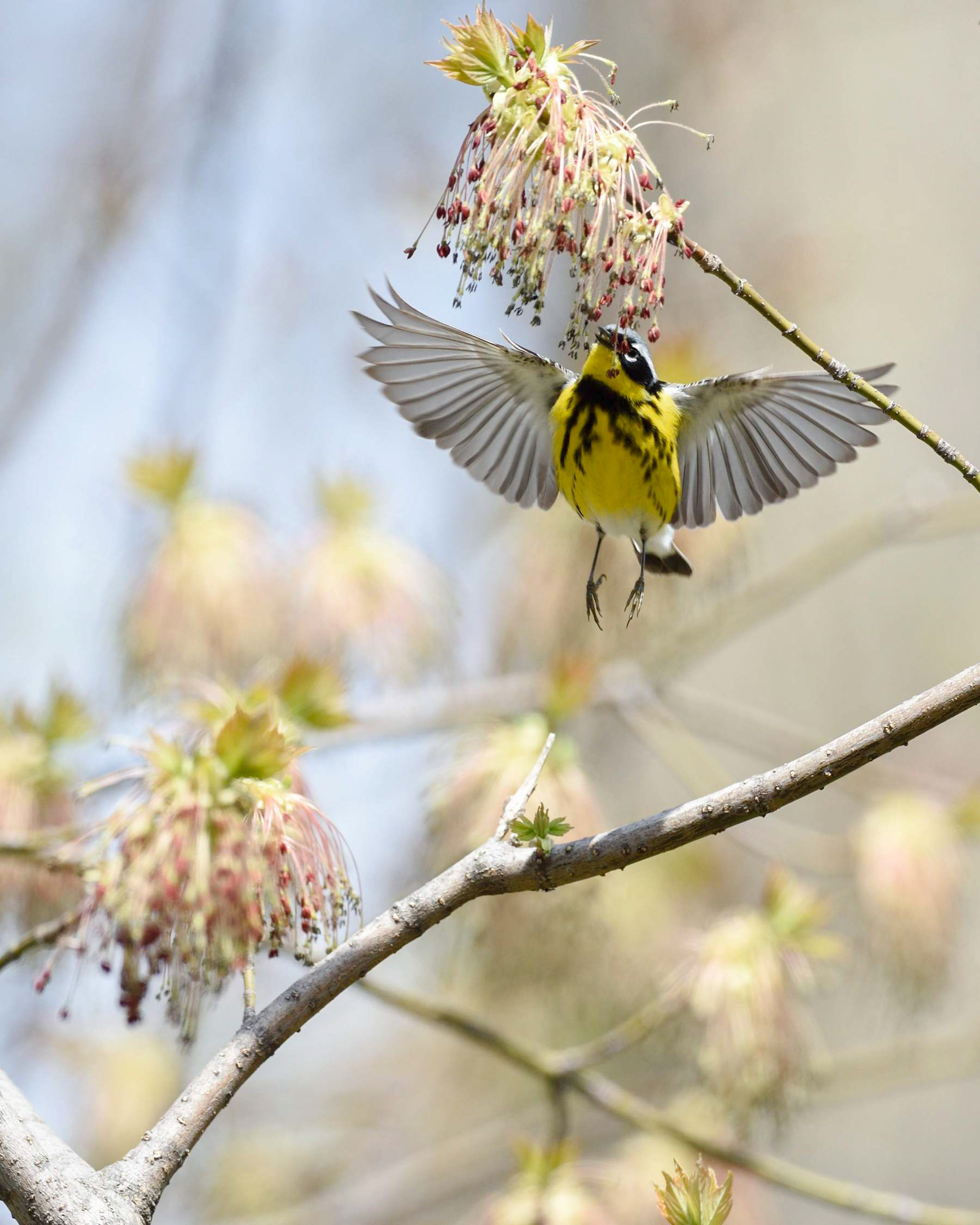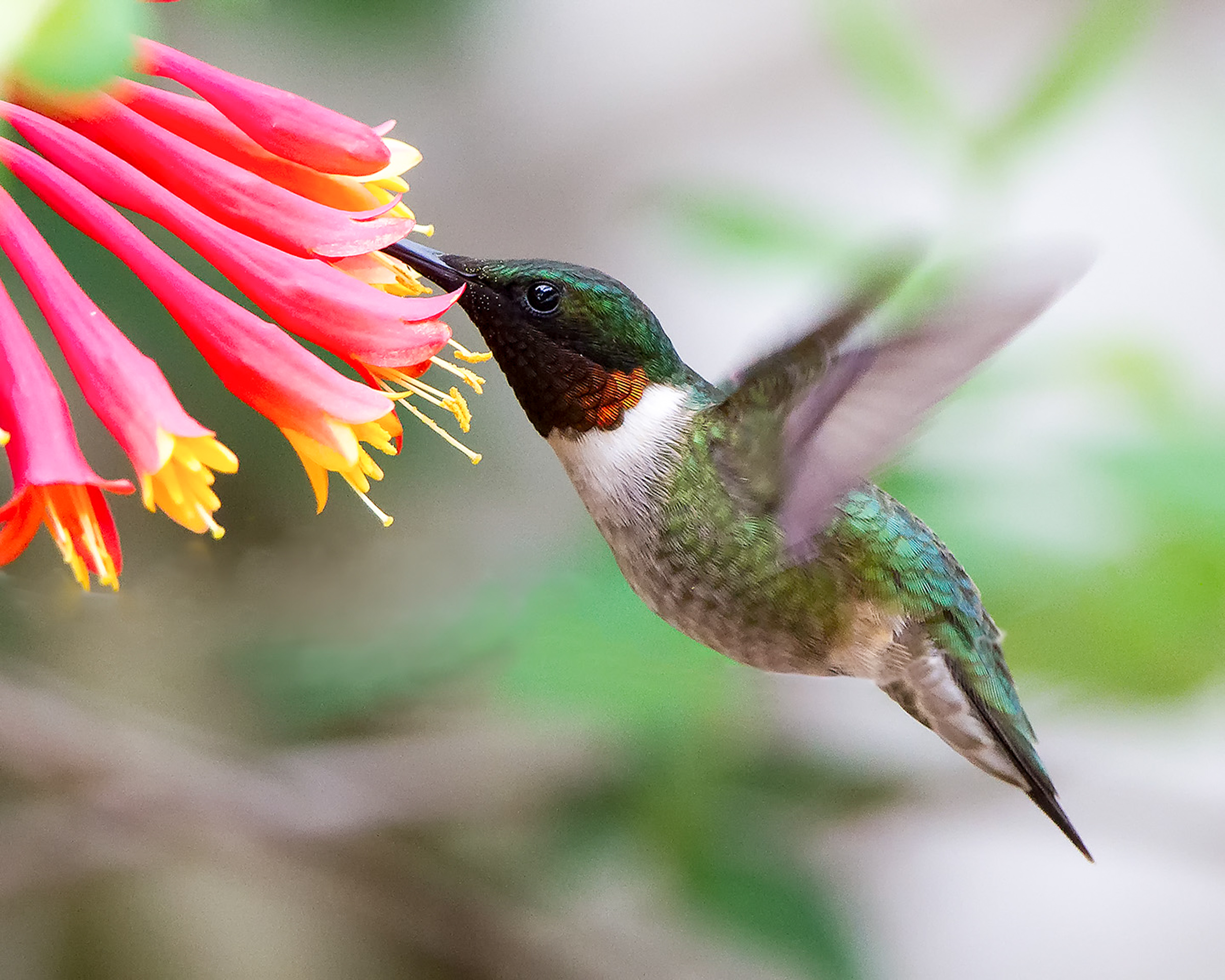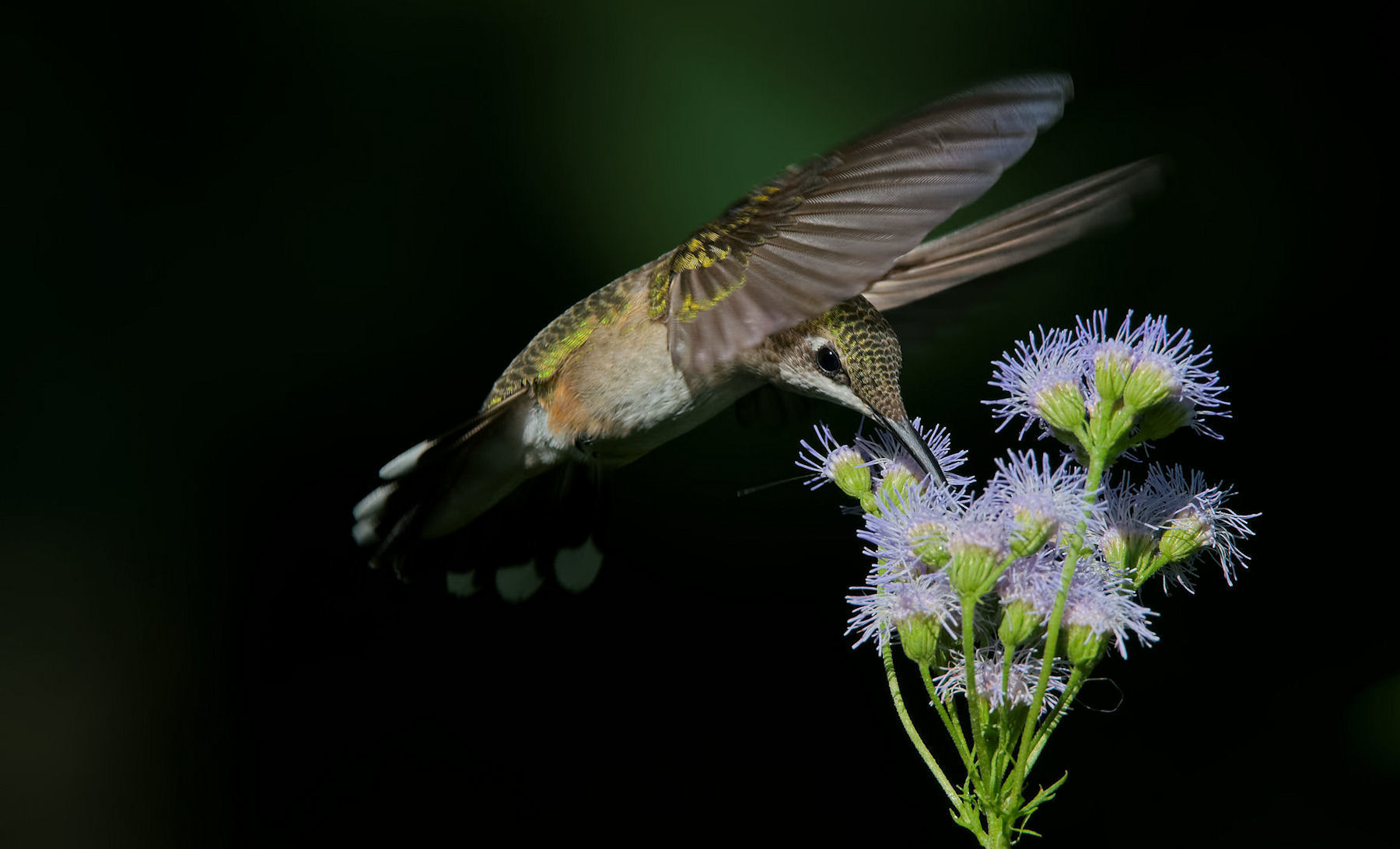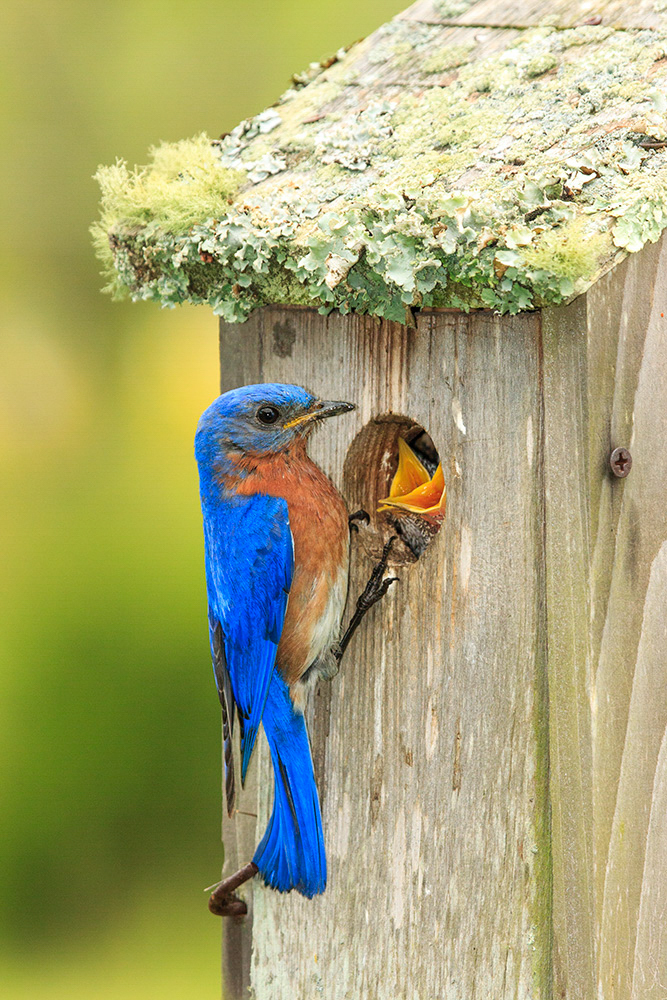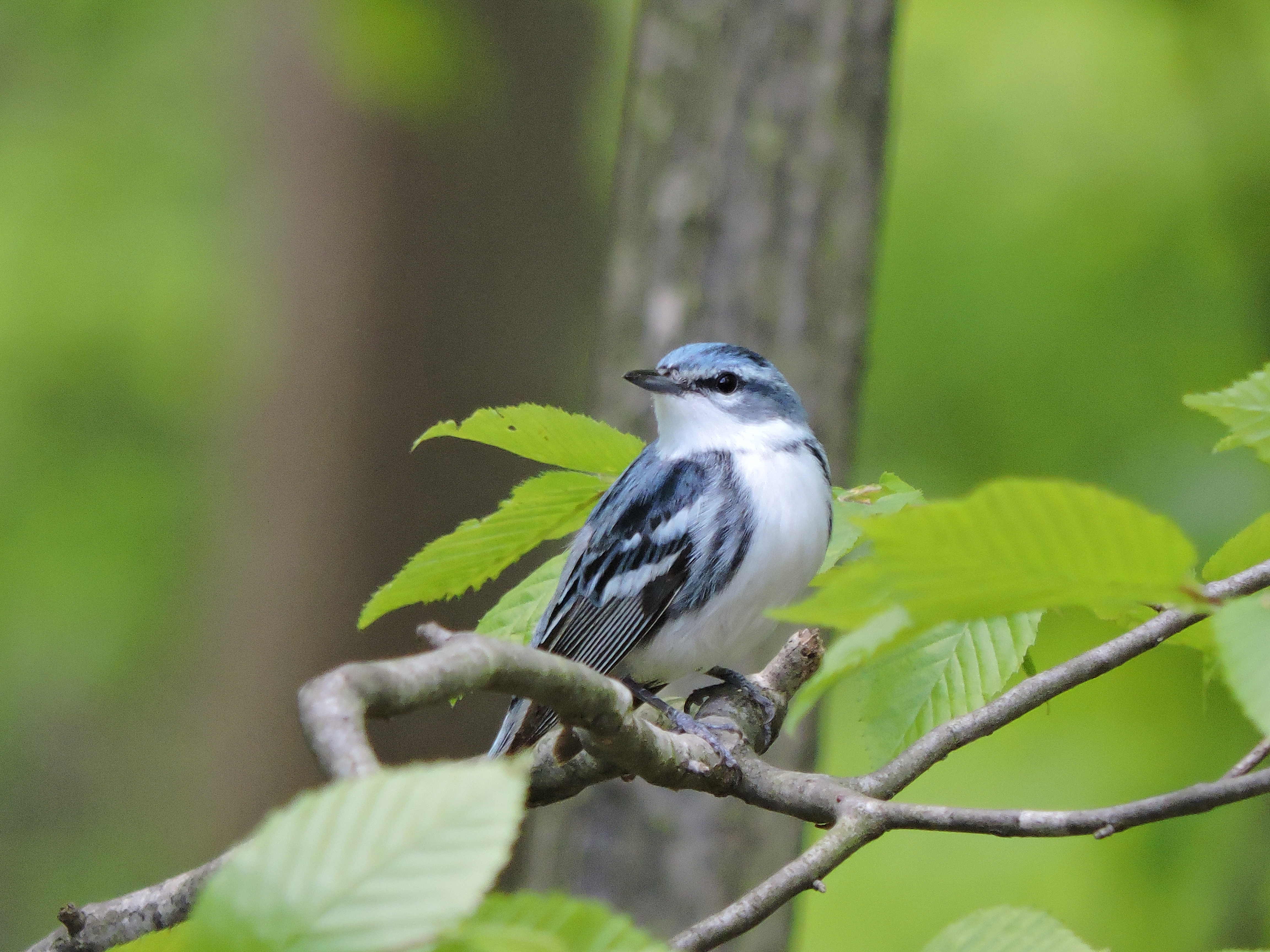Step 1: Enroll in the program.
Step 2: The site visit. ASWP will visit your property to conduct a site assessment. During this time, the ASWP staff will talk with you about your goals for the property, determine site conditions, and determine where your yard stands in the program requirements.
Step 3: ASWP will send you a customized report which will include plant recommendations for your site conditions and ways in which you can meet your desired level of habitat certification.
Step 4: Plant your habitat: This is the part of the process where you plant your native plants and do fun things like install a bird bath.
Step 5: Get Certified! Once you’ve completed your plan, contact ASWP to let us know that you’re ready to get certified. We will visit your yard once again to verify that the program requirements have been met. We’ll then give you a beautiful Certified Backyard Habitat sign and a Field Guide to Common Species of Southwestern Pennsylvania.
The Backyard Habitat Certification Program has three levels:
- Habitat Guardian (Silver)
- Habitat Champion (Gold)
- Habitat Hero (Platinum)
Each level is centered around five focus areas: Native Plants, Natural Products, Wildlife Stewardship, Clean Water, and Homeowner Engagement. Click here for a downloadable file that lists certification requirements.
A Certified Backyard Habitat must include each of the following 5 focus areas: Native Plants, Addressing Threats, Wildlife Stewardship, Clean Water, and Homeowner Engagement.
Native Plants
The first Certified Backyard Habitat focus area focuses on native plants and habitat layers. Native plants are the foundation of healthy habitat, providing important roosting and nesting spots for birds, and food from nuts and seeds to fruit, nectar, and insects. Habitat layers, also called vertical structure, provide places for birds to hide from predators, locations to nest and sources of nesting material, and helps to ensure food sources are available throughout the seasons. Click for details about the requirements for the Native Plant focus area of the program.
Address Threats
The second focus area for creating a Certified Backyard Habitat is reducing threats. In addition to habitat loss, threats such as outdoor cats,window collisions, light pollution, climate change,invasive species, and widespread pesticide use are contributing to significant declines in bird populations. By addressing the threats in our backyards, we help to ensure thatwe are helping wildlife to thrive. For details about the requirements for the Address Threats focus area of the program, click to view certification criteria.
Wildlife Stewardship
The third focus area for creating a Certified Backyard Habitat is to provide extra levels of Wildlife Stewardship. Birds, pollinators, and wildlife are faced with surviving in an increasingly challenging landscape. By taking extra steps to make your backyard even more hospitable for birds and pollinators, you can help ensure their success. Click for details about the requirements for the Wildlife Stewardship focus area of the program.
Clean Water
Clean water practices support healthy habitat and healthy rivers and streams. Many birds rely on clean streams for food and nesting habitat. Many other creatures such as frogs, dragonflies, beavers, and trout rely on clean streams, rivers, ponds, and lakes to survive. And most Pennsylvanians rely on streams and rivers for drinking water. It is important that each of us do our part to help protect our streams and rivers -- your backyard is a
perfect place to get started! Click for details about the requirements of the Clean Water focus area of the program.
Homeowner engagement
Once you get started on your Backyard Habitat, we’re sure that you will want to learn more and share your passion and excitement with friends and neighbors. You may take native plant classes, participate in a Community Science program, recruit neighbors to participate in the program, or advocate for bird habitat in your community. There are many ways to fulfill the
Education and Engagement program requirements. Click to learn more about the Backyard Habitat Certification Criteria.
The program is currently open to residents of ASWP’s chapter territory, which includes Allegheny, Armstrong, Beaver, Butler, Fayette, Washington, and Westmoreland Counties.
To enroll:
- Audubon Society of Western Pennsylvania Members: Enroll in the program for a discounted rate of $60.
- Non-Members: If you're not a member of Audubon Society of Western Pennsylvania, please enroll in the program at the rate of $90. This program fee comes with a complimentary 1 year household membership to ASWP.
After you enroll, ASWP will provide resources and offers a variety of programs that can help you get started on your Backyard Habitat before we conduct your assessment. All of the spots in the 2024 Certified Backyard Habitat Program season have been filled and therefore enrollment has been closed. Enrollment for the 2025 season will open in early 2025. To be notified when 2025 enrollment is open, please email cbh<@aswp.org.
You'll receive a welcome packet of resources within 3 weeks of enrollment. Next, we will contact you in the order of enrollment to set up an assessment appointment. Keep an eye on our calendar for habitat gardening workshops and Community Science opportunities – these will enrich your knowledge and count towards your Certified Backyard Habitat requirements.
You can receive the discounted rate and discounts in our nature store and on other programs by becoming a member!
Helpful resources:
Members - click here to enroll in the program
Nonmembers - click here to enroll in the program
Sample Garden Designs:
● Native Garden for Small Yard
● Native Garden for Medium to Large Yard
● Native Container Garden for Part Shade
● Native Container Garden for Full Sun
Organic Gardening:
● Fundamentals of Organic Gardening
Address Threats:
● Protecting Birds from Window Strikes
● Best Practices for Herbicides
Wildlife Stewardship:
Clean Water & Healthy Watersheds:
● Southwestern Pennsylvania Homeowner’s Guide to Stormwater
● Household Hazardous Waste FAQs
Invasive Plants:
Kelly Colgan Azar, Flickr Creative Commons (BY-ND 2.0)
Keith Williams, Flickr Creative Commons (BY-NC 2.0)
Dianne Chapman, Great Backyard Bird Count (2015)
BudOhio Flickr, Creative Commons (BY-NC-ND 2.0)
BudOhio Flickr, Creative Commons (BY-NC-ND 2.0)
Putneypics Flickr, Creative Commons (BY-NC 2.0)
Putneypics Flickr, Creative Commons (BY-NC 2.0)
Steven Kersting, Flickr Creative Commons (BY-NC-ND 2.0)
Glenda Simmons, Great Backyard Bird Count (2012)
Glenda Simmons, Great Backyard Bird Count (2012)
Missy Mandel, Great Backyard Bird Count (2013)
Missy Mandel, Great Backyard Bird Count (2013)
Putneypics Flickr Creative Commons (BY-NC 2.0)
DJ McNeil (USDA)
Doug Tallamy
Dana Ono, Great Backyard Bird Count (2016)
Kristen Cart, Audubon Photography Awards (2015)
Dennis Derby, Audubon Photography Awards (2015)
David Shipper, Audubon Photography Awards (2015)
Carmen Elia, Audubon Photography Awards (2015)
Hazel Erikson, Audubon Photography Awards (2012)

